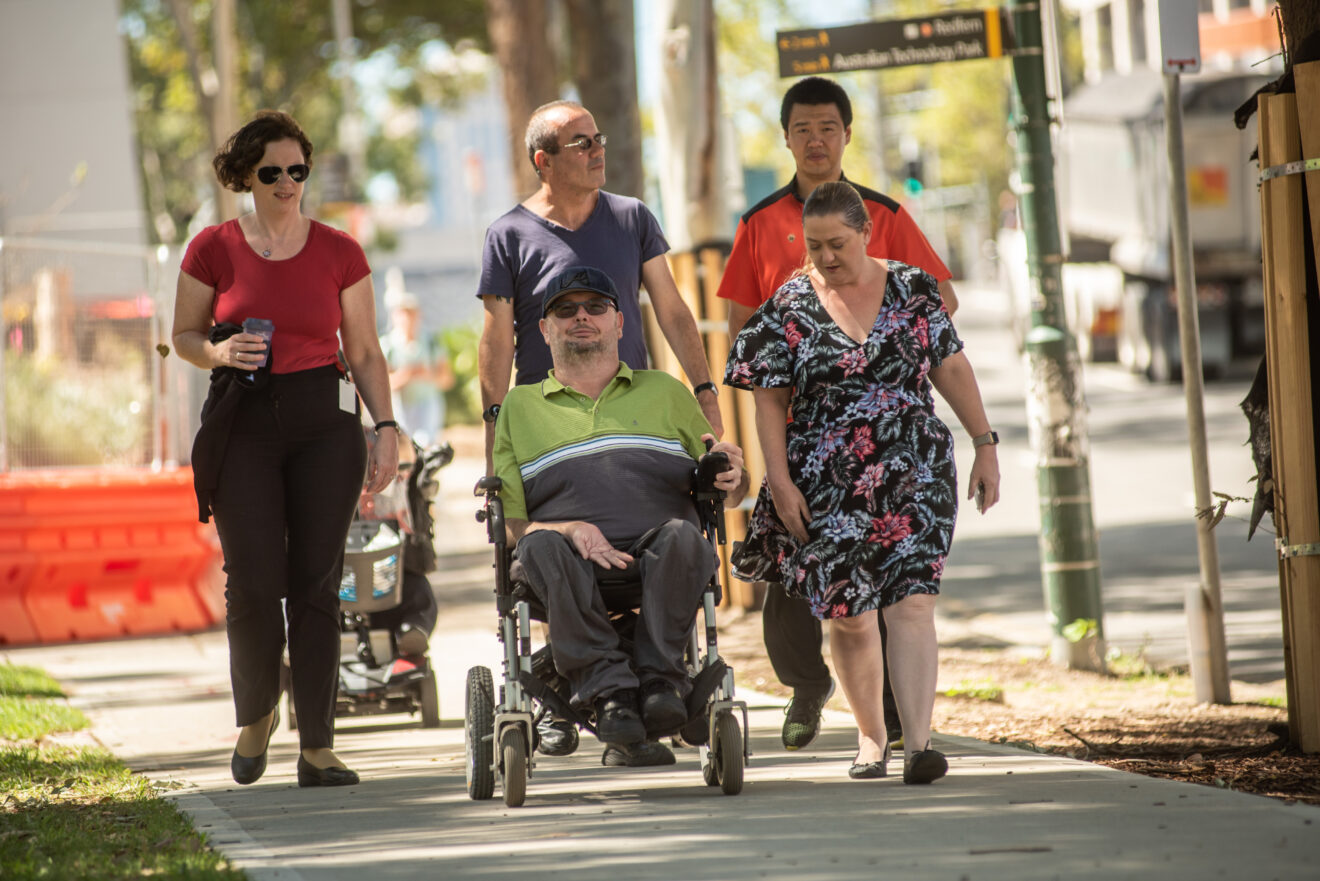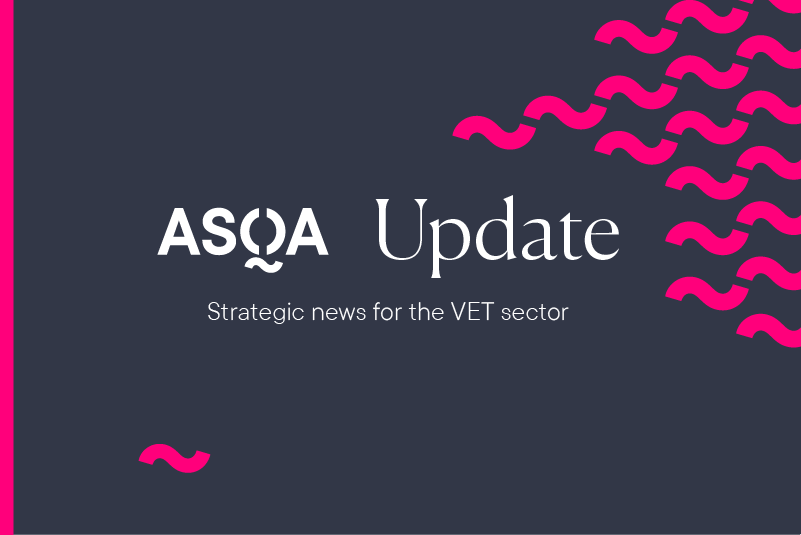
Submission to the Infrastructure and Transport Ministers review of the draft National Road Transport Technology Strategy and the National Connected and Automated Vehicle (CAV) Action Plan
People with Disability Australia (PWDA) welcomes the opportunity to provide feedback on the development of the National Road Safety Action Plan 2023-2025 and the National Road Safety Strategy 2021-30.
![- People with Disability Australia [IMAGE Two people standing closely together outside on a partly cloudy day, the person on the left is holding a white cane and is wearing glasses]](https://pwd.org.au/wp-content/uploads/2022/06/AdobeStock_480912833-640x427.jpeg)
The evolution of transport technologies has the potential to increase the independence, inclusion, transport access and safety of people with disability.
Traditional road safety models have typically assumed that humans are in control of all decisions. It’s crucial for these models to adapt to the shift from human decision-making to machine-led processes.
Ensuring the safe operation of technology is of utmost importance. It is necessary to independently review technology operations and decision-making processes to prevent any oversights or assumptions that may negatively impact people with disabilities.
To maximise the benefits, avoid harms and unintended consequences, people with disability need to be consulted on the design of vehicles, transport infrastructure, the operation of technologies, strategies and standards as transport technology evolves.
This inclusive approach will help avoid potential risks and make transportation more accessible and secure for everyone.
Summary of Recommendations

Recommendation 1 A new road safety model must be developed to reflect that the social model, which depends on all decisions being made by humans, must evolve to reflect a system where autonomous vehicles, computers and human beings make decisions.
Recommendation 2 The operating systems for Autonomous and Connected Autonomous Vehicles must be independently tested to ensure that they detect and respond safely to people with disability using assistance animals and mobility assistance devices.
Recommendation 3 Vehicle designs for connected vehicles providing ‘mobility as a service’ must be accessible for people with disability to use independently.
Recommendation 4 Booking systems, controls, safety restraints and transport communications about Connected Autonomous Vehicles must be accessible and nationally standardised.
Recommendation 5 Connected heavy vehicles should be confined to dedicated separated corridors.
Recommendation 6 Any road feature introduced to support connected automatic vehicles must not create hazards or obstructions for people with disability.
Recommendation 7 People with disability must be consulted on the design of vehicles, infrastructure and standards for Autonomous and Connected Autonomous Vehicles, and their needs included in standard settings, for infrastructure and vehicle design.








